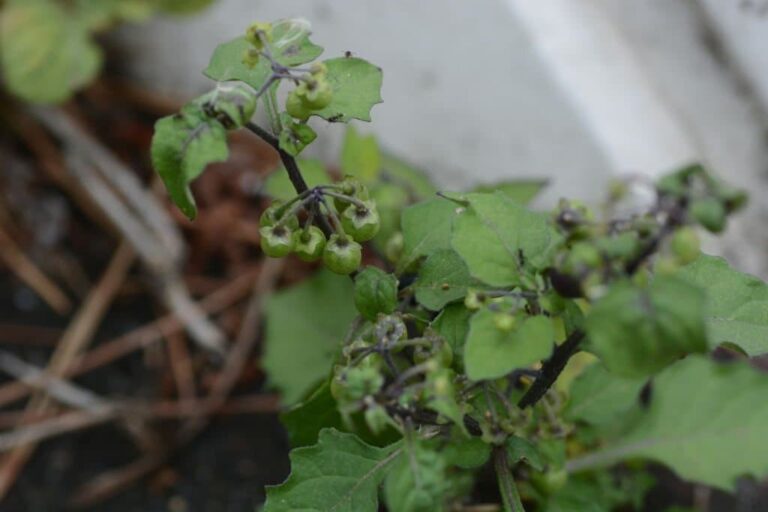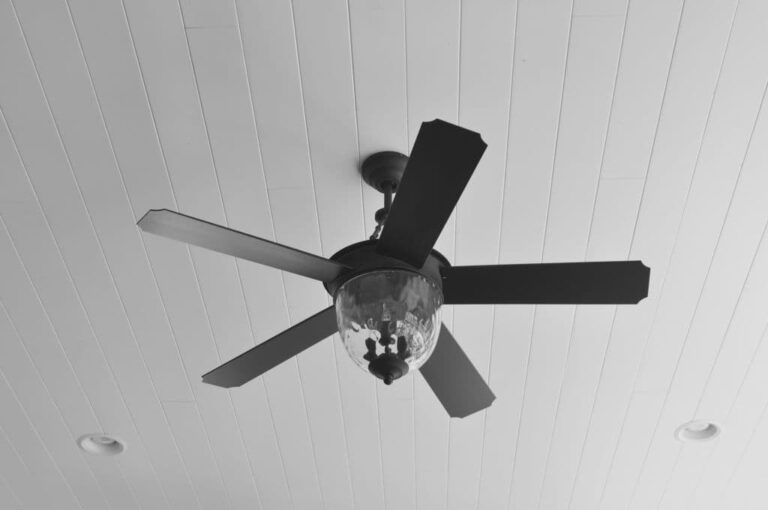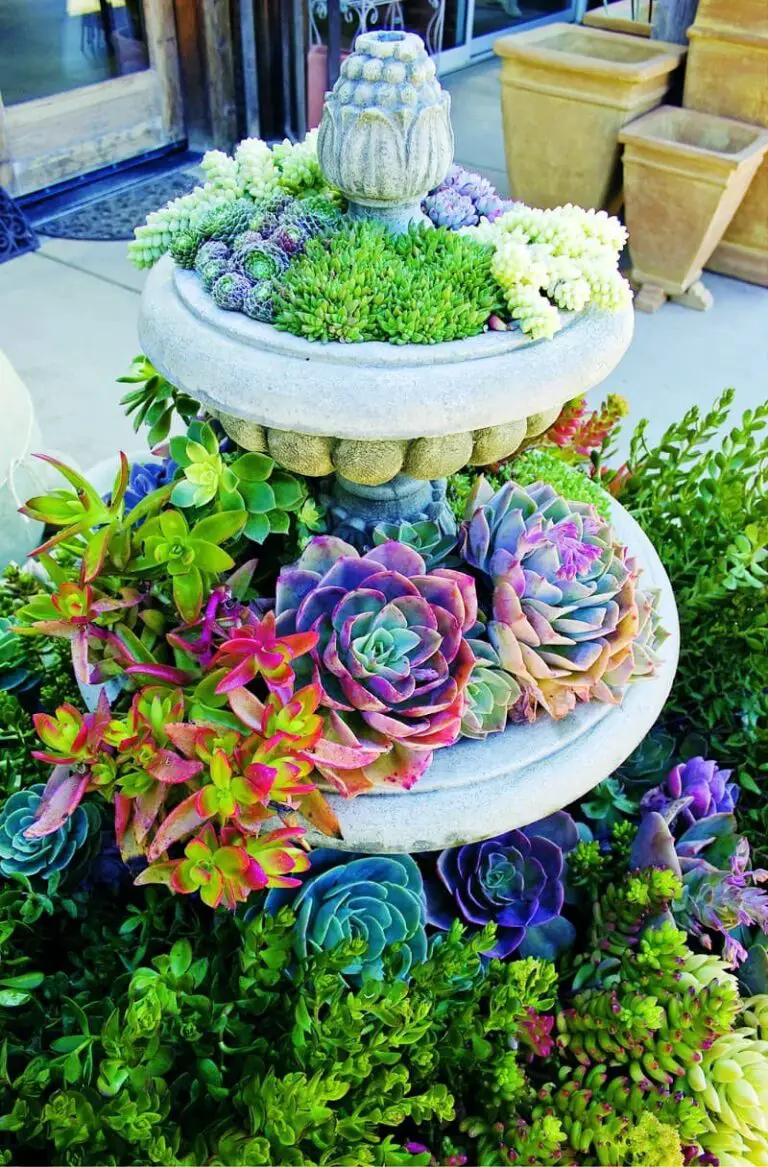Herb Plants For Shady Garden Areas: Garden Herbs That Grow In The Shade
Herb gardening is often thought to be limited to areas with full sun, but that’s not the case. Many herbs thrive in shady conditions, and some even prefer it. The idea that most herbs need six to eight hours of direct sunlight stems from their Mediterranean origins, where many popular herbs like basil grow. However, this doesn’t mean that all herbs are sun-lovers. In fact, some herbs can do beautifully in shaded areas of the garden or yard. For instance, Spicebush is one herb that prefers shade.
Herbs are a great complement to vegetable gardens, but not every area gets full sun. That’s where shade-loving herbs come in handy. They’re perfect for areas under trees or in perennial flower beds where you want a low-maintenance groundcover. In this article, we’ll explore 18 herbs that grow well in shady conditions and can add some interest to those often-neglected spots.
Herbs that Grow in Shade
#1. Sweet Woodruff (Galium odoratum)
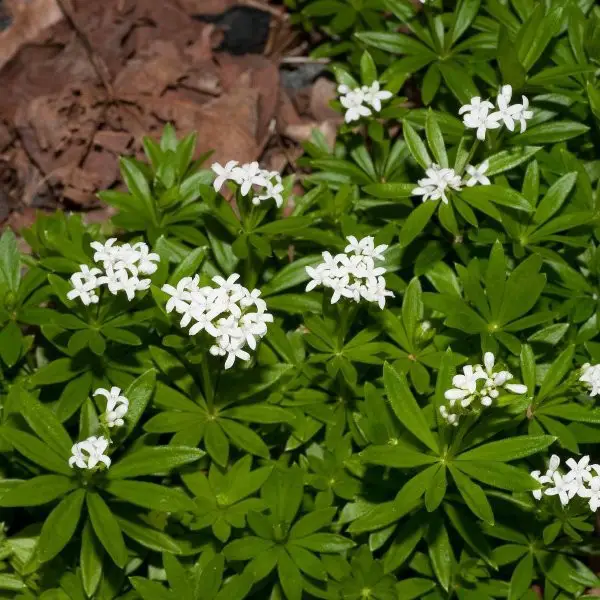
This particular type of succulent can grow up to 8 inches tall, making it a great addition to any garden. It thrives in USDA hardiness zones 4-8 and does exceptionally well when planted under the shade of trees. One of its most distinctive features is the sweet aroma it emits when the leaves are crushed, reminiscent of freshly mown hay on a sunny day.
#2. Dead Nettle (Lamium maculatum)

This shade-tolerant plant grows to an impressive height of 6-8 inches, making it a great addition to any garden. Its hardiness zone is 3-9, meaning it can thrive in a wide range of climates. One of its most striking features is the silvery-edged leaves that bring a touch of brightness and light to even the shadiest areas.
#3. Shiso (Perilla frutescens)
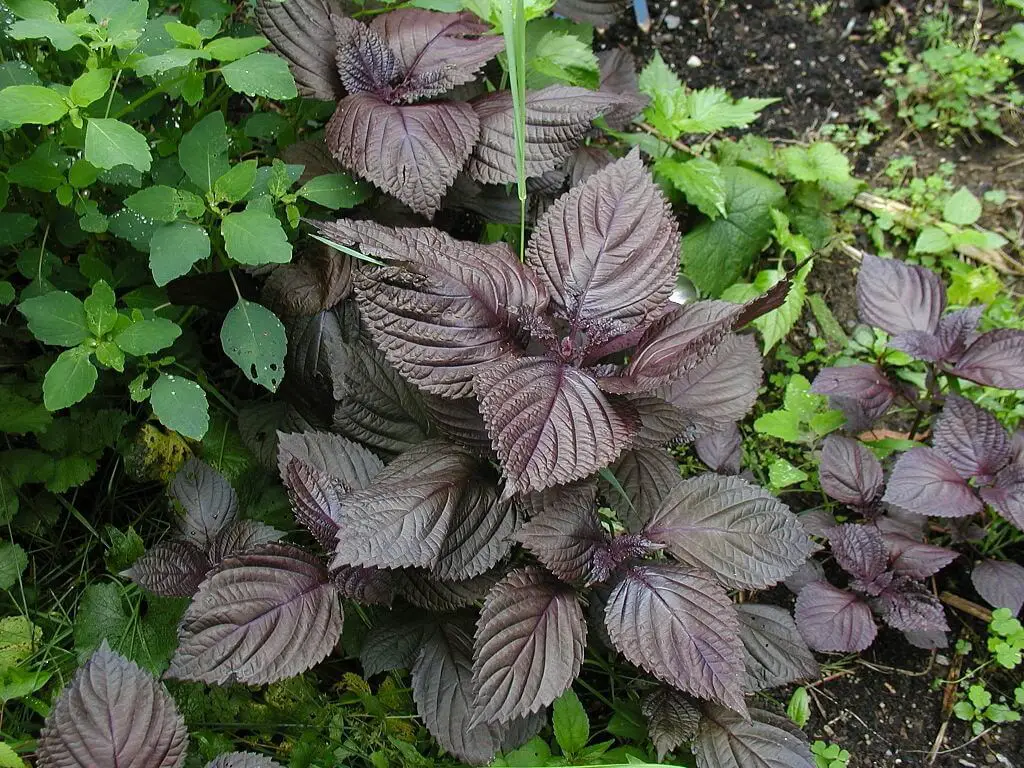
This versatile herb grows up to three feet tall, making it a great addition to any garden. Its annual nature means it thrives in every zone, allowing you to enjoy its flavor and aroma year after year. Plant and harvest it just as you would with popular herbs like basil or cilantro.
#4. Anise Hyssop (Agastache foeniculum)
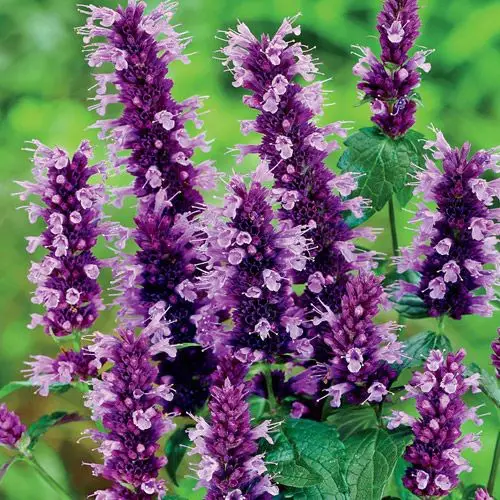
This stunning plant can grow to heights of 2-4 feet, making it an excellent addition to any perennial border. Its hardy nature allows it to thrive in USDA zones 4-9, providing year-round interest and beauty with its unique foliage and flowering habits.
#5. Periwinkle (Vinca major or V. minor)

This ornamental grass grows to a height of up to 12 inches and thrives in USDA zones 3 through 9. Its unique feature is its ability to bind well to the soil, making it an excellent choice for sloping or uneven ground conditions. The plant produces whorled purple flowers that add a pop of color to any landscape.
#6. Comfrey (Symphytum officinale)

This perennial plant typically reaches heights of 2-3 feet. Its hardiness ranges from USDA zones 4 to 9, allowing it to thrive in many environments. However, its adaptability also makes it a potential invader if not properly managed.
#7. Sweet Violet (Viola odorata)
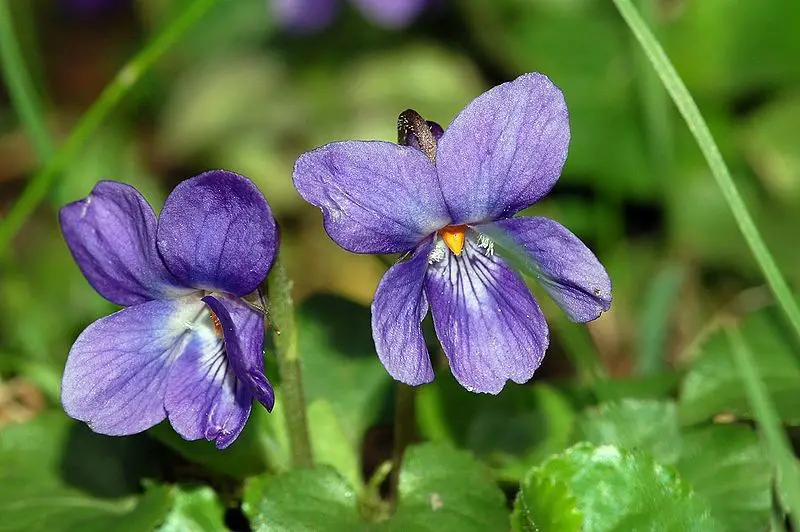
This species boasts a growth habit that can reach anywhere from 6 to 12 inches in height, making it an ideal choice for smaller spaces. It thrives in USDA zones 4 through 9 and is further distinguished by its sweetly fragrant blooms, which can be violet or white in color.
#8. Lemon Balm (Melissa officinalis)

This herb, which can grow up to two feet tall, is well-suited for outdoor cultivation in USDA zones 4 through 9. Interestingly, it’s often referred to as an ‘unofficial’ calming herb, suggesting its reputation for promoting relaxation and serenity.
#9. Oregano (Origanum vulgare)
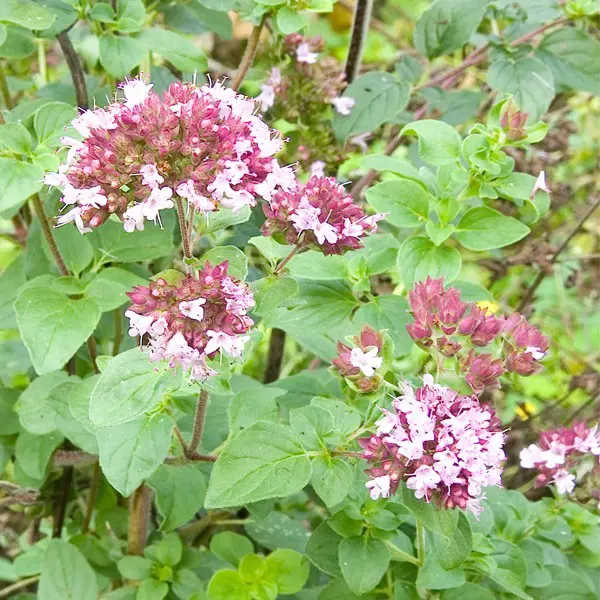
This plant grows to an impressive height of approximately 2 and a half feet, making it a great addition to any garden. Its hardiness allows it to thrive in USDA zones 5 through 9, providing flexibility for planting. Additionally, this species is surprisingly adaptable and can even tolerate light shade conditions, allowing you to enjoy its beauty regardless of the amount of sunlight your yard receives.
#10. German Chamomile (Matricaria recutita)
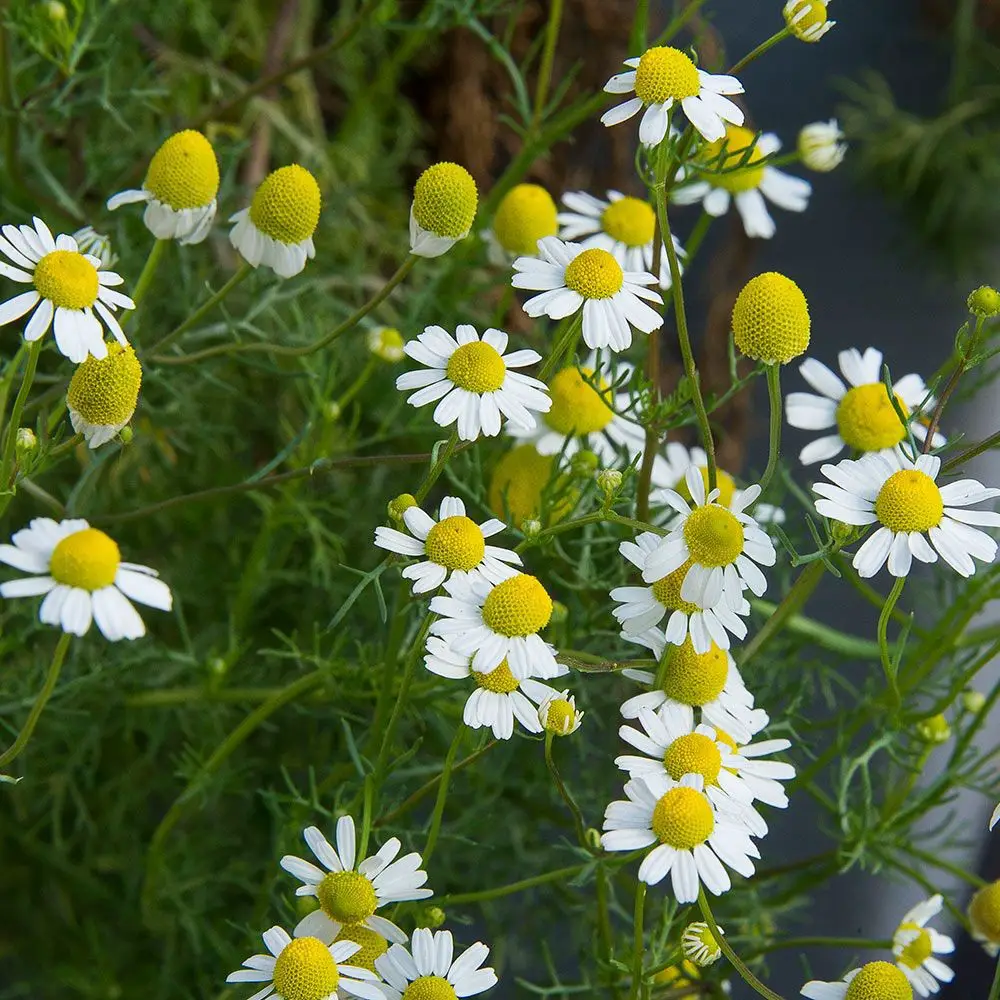
This beautiful specimen can reach heights of up to two feet, making it a great option for adding some visual interest to your garden. It’s hardy and thrives in USDA zones 4 through 8, providing a reliable and low-maintenance addition to your outdoor space. One of the best ways to utilize this plant is as an under-planting, where its compact growth habit can complement larger shrubs or plants without overpowering them.
#11. Lungwort (Pulmonaria)

This perennial’s growth habit typically reaches 12 inches, although this can vary depending on the specific species and USDA hardiness zones 2-9. One of its notable characteristics is that it’s often one of the earliest flowers to bloom in spring. As the blooms mature, they often undergo a color transformation from reddish-violet to blue. Its low-growing habit makes it an excellent choice for providing shade-based ground cover.
#12. Thyme (Thymus spp.)

Creeping Thyme, which can grow up to 6-12 inches in height depending on the specific variety, proves to be an excellent choice for creating lush groundcovers. Its hardiness allows it to thrive in zones 4-10, making it a versatile option for many gardeners.
#13. Parsley (Petroselinum spp.)

#14. Wild Ginger (Asarum canadense)

This lovely plant reaches a height of around one foot, thriving in zones 2 through 8. In early spring, it produces stunning dark purple blooms, making for a vibrant and eye-catching display.
#15. Lamb’s Ears (Stachys byzantina)

Stachys typically grows to a height of 1-3 feet and thrives in USDA zones 4-9. While it’s often recommended for sunny areas, this plant is surprisingly adaptable and can tolerate partial shade conditions.
#16. Spicebush (Lindera benzoin)

This adaptable herb boasts an impressive height range, reaching anywhere from 6 to 12 feet. Its hardiness allows it to thrive in zones 2-6, and its ability to grow in deep shade makes it a valuable addition to any garden or indoor space.
#17. Corsican Mint (Mentha requienii)

This compact mint variety grows to a height of less than six inches, making it an excellent choice for small gardens or containers. It thrives in zones 6-9 and is also tolerant of full sun, but can tolerate partial shade if needed. This adaptability makes it a versatile option for gardeners.


